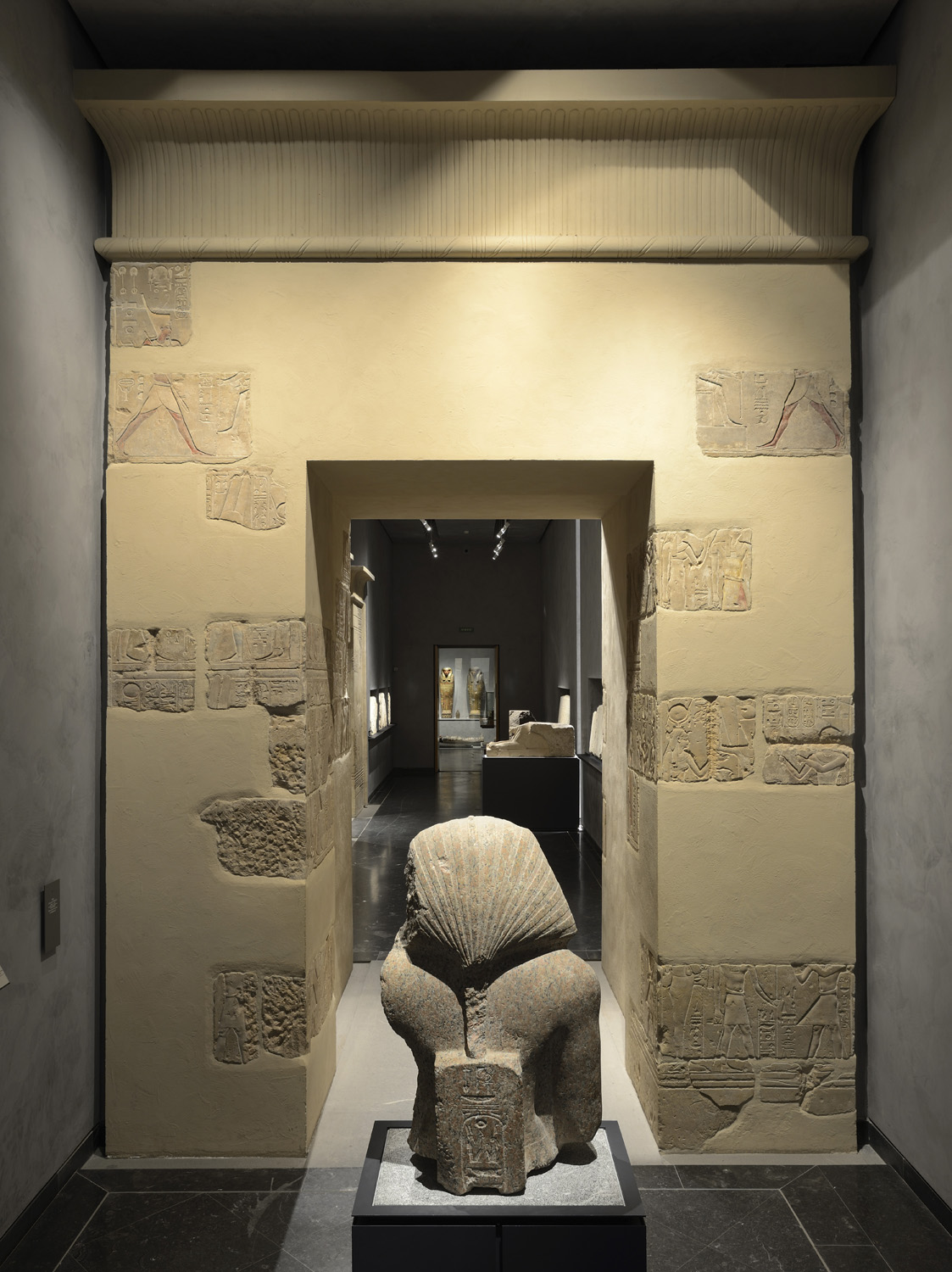Alexandre Varille on:
[Wikipedia]
[Google]
[Amazon]
Alexandre Varille (12 March 1909,
 In 1939, he excavated the
In 1939, he excavated the
Lyon
Lyon (Franco-Provençal: ''Liyon'') is a city in France. It is located at the confluence of the rivers Rhône and Saône, to the northwest of the French Alps, southeast of Paris, north of Marseille, southwest of Geneva, Switzerland, north ...
– 1 November 1951, Joigny
Joigny () is a commune in the Yonne département in Bourgogne-Franche-Comté in north-central France.
It is located on the banks of the river Yonne.
History
The current city, originally known as Joviniacum in Latin, was founded during Roman ti ...
) was a French Egyptologist
Egyptology (from ''Egypt'' and Greek , ''-logia''; ) is the scientific study of ancient Egypt. The topics studied include ancient Egyptian history, language, literature, religion, architecture and art from the 5th millennium BC until the end ...
.
Life
From a cultured family from Lyon, he studied Economics and Letters. During his studies he metVictor Loret
Victor Clement Georges Philippe Loret (1 September 1859 – 3 February 1946) was a French Egyptologist.
Biography
His father, Clément Loret, was a professional organist and composer, of Belgian origin, who had been living in Paris since ...
, his Egyptology professor at the University of Lyon
The University of Lyon ( , or UdL) is a university system ( ''ComUE'') based in Lyon, France. It comprises 12 members and 9 associated institutions. The 3 main constituent universities in this center are: Claude Bernard University Lyon 1, which f ...
, and followed him in his devotion to Egyptian philology and archaeology. Varille began working in Egypt in 1931 together with his colleague Clément Robichon (1906-1999), and the following year, he was made a member of the Institut Français d'Archéologie Orientale
An institute is an organizational body created for a certain purpose. They are often research organisations (research institutes) created to do research on specific topics, or can also be a professional body.
In some countries, institutes c ...
in Cairo.
 In 1939, he excavated the
In 1939, he excavated the gates
Gates is the plural of gate, a point of entry to a space which is enclosed by walls. It may also refer to:
People
* Gates (surname), various people with the last name
* Gates Brown (1939-2013), American Major League Baseball player
* Gates McFadd ...
of Ptolemy III
Ptolemy III Euergetes (, "Ptolemy the Benefactor"; c. 280 – November/December 222 BC) was the third pharaoh of the Ptolemaic dynasty in Egypt from 246 to 222 BC. The Ptolemaic Kingdom reached the height of its military and economic power duri ...
and Ptolemy IV
Ptolemy IV Philopator (; "Ptolemy, lover of his Father"; May/June 244 – July/August 204 BC) was the fourth pharaoh of Ptolemaic Egypt from 221 to 204 BC.
Ptolemy IV was the son of Ptolemy III and Berenice II. His succession to the throne was ...
from the temple of Medamud
Medamud (, from ) is a village in the Luxor Governorate of Egypt, about 8 km east-north from Luxor.
The Temple of Montu was located here. It was excavated by Fernand Bisson de la Roque in 1925, who identified several structures dedicated ...
, now in the Musée des beaux-arts de Lyon
The Museum of Fine Arts of Lyon (, ) is a municipal museum of fine arts in the French city of Lyon. Located near the Place des Terreaux, it is housed in a former Benedictine convent which was active during the 17th and 18th centuries. It was res ...
. He wrote his thesis in Egyptology on an important Egyptian functionary of the New Empire, ''Inscriptions concernant l'architecte Amenophis, fils de Hapou'' (published by Jean Vercouter. IFAO, 1968). In 1944, he was made taken on as an expert by the Service des Antiquités Orientales.
After having discovered during World War II the symbolic theory of the ''Group of Luxor'', directed by R. A. Schwaller de Lubicz (1887-1961) who just settled in Egypt (since 1936, until 1952), Varille decided to invest his time in trying to provide the new opportunities offered by the Egyptian philosophy of symbols, also in the way to excavate in North Karnak since 1941 respecting new rules. He dedicated his first publication about ''Karnak'' (IFAO, 1942) to Schwaller de Lubicz. He only returned to France for short periods to publish with Clément Robichon the book entitled ''En Egypte'', then published late 1955 in New York - ''Eternal Egypt'' was translated from French by Laetitia Gifford. He died in a car accident in France in 1951 just after the presentation of his symbolic theory at the French Institut, section Academy of Sciences.
References
Bibliography * A New Egyptology in ''The Cornhill Magazine'', London, n°985, winter 1950/1951. {{DEFAULTSORT:Varille 1909 births 1951 deaths French Egyptologists Archaeologists from Lyon Road incident deaths in France Members of the Institut Français d'Archéologie Orientale